-
Definition
-
Scope of the Study
- Research Objective
- Assumptions
- Limitations
-
Introduction
-
Primary Research
-
Secondary Research
-
Drivers
-
Opportunities
-
Challenges
-
Macroeconomic Indicators
-
Technology Trends & Assessment
-
Porter’s Five Forces Analysis
- Bargaining Power of Suppliers
- Bargaining Power of Buyers
- Threat of New Entrants
- Intensity of Rivalry
-
Value Chain Analysis
-
Investment Feasibility Analysis
-
Pricing Analysis
-
Global Particle Therapy Market, by Type
-
Introduction
-
Proton Therapy
-
Market Estimates & Forecast, by Region, 2023-2032
-
Market Estimates &
-
Forecast, by Country, 2023-2032
-
Heavy Ion Therapy
-
Market Estimates
-
& Forecast, by Region, 2023-2032
-
Market Estimates & Forecast, by Country,
-
Chapter 7. Global Particle Therapy Market, by Product & Service
-
Introduction
-
Products
- Cyclotrons
-
Market Estimates
-
& Forecast, by Region, 2023-2032
-
Market Estimates & Forecast, by Country,
-
Synchrotrons
-
Market Estimates & Forecast, by Region,
-
Market Estimates & Forecast, by Country, 2023-2032
-
Synchrocyclotrons
-
Market Estimates & Forecast, by Region, 2023-2032
-
Market Estimates & Forecast, by Country, 2023-2032
-
Services
-
Market
-
Estimates & Forecast, by Region, 2023-2032
-
Market Estimates & Forecast,
-
by Country, 2023-2032
-
Chapter 8. Global Particle Therapy Market, by Cancer
-
Type
-
Introduction
-
Prostate Cancer
-
Market Estimates &
-
Forecast, by Region, 2023-2032
-
Market Estimates & Forecast, by Country,
-
Lung Cancer
-
Market Estimates & Forecast, by Region,
-
Market Estimates & Forecast, by Country, 2023-2032
-
Pediatric
-
Cancer
-
Market Estimates & Forecast, by Region, 2023-2032
-
Market Estimates
-
& Forecast, by Country, 2023-2032
-
Head and Neck Cancer
-
Market
-
Estimates & Forecast, by Region, 2023-2032
-
Market Estimates & Forecast,
-
by Country, 2023-2032
-
Breast Cancer
-
Market Estimates & Forecast,
-
by Region, 2023-2032
-
Market Estimates & Forecast, by Country, 2023-2032
-
Others
-
Market Estimates & Forecast, by Region, 2023-2032
-
Market
-
Estimates & Forecast, by Country, 2023-2032
-
Chapter 9. Global Particle
-
Therapy Market, by System
-
Introduction
-
Multi-Room Systems
-
Market
-
Estimates & Forecast, by Region, 2023-2032
-
Market Estimates & Forecast,
-
by Country, 2023-2032
-
Single-Room Systems
-
Market Estimates & Forecast,
-
by Region, 2023-2032
-
Market Estimates & Forecast, by Country, 2023-2032
-
Chapter 10. Global Particle Therapy Market, by Application
-
Introduction
-
Treatment Applications
-
Market Estimates & Forecast, by Region, 2023-2032
-
Market Estimates & Forecast, by Country, 2023-2032
-
Research Applications
-
Market Estimates & Forecast, by Region, 2023-2032
-
Market Estimates &
-
Forecast, by Country, 2023-2032
-
Chapter 11. Global Particle Therapy Market,
-
by Region
-
Introduction
-
Americas
- North America
- South America
-
Europe
- Western Europe
- Eastern Europe
-
Italy
-
Asia-Pacific
- Japan
- China
- India
- Australia
- South Korea
- Rest of
-
Asia-Pacific
-
Middle East & Africa
- Middle East
-
Africa
-
Chapter 12. Company Landscape
-
Introduction
-
Market
-
Share Analysis
-
Key Development & Strategies
-
Chapter 13. Company
-
Profiles
-
Advanced Oncotherapy PLC.
- Company Overview
- Financials Overview
- Key Developments
- SWOT Analysis
-
Product Overview
-
Danfysik A/S
- Company Overview
- Product Overview
- Financial Overview
- Key Developments
- SWOT Analysis
-
Hitachi, Ltd.
- Company Overview
- Product Overview
- Financial Overview
- Key Development
- SWOT Analysis
-
Ion Beam Applications Sa (IBA)
- Technologys/Business Segment Overview
- Key Development
- SWOT Analysis
- Company Overview
- Product Overview
- Financial overview
- Key Developments
- SWOT Analysis
-
Company Overview
-
Financial Overview
-
Mevion Medical Systems, Inc.
-
Optivus Proton Therapy, Inc.
- Company Overview
- Financial Overview
- Key Developments
- SWOT Analysis
-
Product Overview
-
Protom International, Inc.
- Overview
- Product Overview
- Financial Overview
- Key Developments
- SWOT Analysis
-
Provision Healthcare, LLC
- Overview
- Product/ Technology Overview
- Financials
- Key
- SWOT Analysis
-
Developments
-
Sumitomo Heavy Industries, Ltd.
- Overview
- Product Overview
- Financials
- SWOT Analysis
-
Key Developments
-
Varian Medical Systems, Inc.
- Overview
- Product Overview
- Financials
- SWOT Analysis
-
Key Developments
-
Others
-
Chapter 14.
-
MRFR Conclusion
-
Key Findings
- From CEO’s Viewpoint
- Unmet Needs of the Market
-
Key Companies to Watch
-
Predictions for the Particle Therapy Industry
-
Chapter 15. Appendix
-
LIST
-
OF TABLES
-
Global Particle Therapy Market Synopsis, 2023-2032
-
Table
-
Global Particle Therapy Market Estimates and Forecast, 2023-2032 (USD Million)
-
Global Particle Therapy Market, by Region, 2023-2032 (USD Million)
-
Global Particle Therapy Market, by Type, 2023-2032 (USD Million)
-
Table
-
Global Particle Therapy Market, by Product & Service, 2023-2032 (USD Million)
-
Global Particle Therapy Market, by Cancer Type, 2023-2032 (USD Million)
-
Global Particle Therapy Market, by System, 2023-2032 (USD Million)
-
Global Particle Therapy Market, by Application, 2023-2032 (USD Million)
-
North America: Particle Therapy Market, by Type, 2023-2032 (USD Million)
-
North America: Particle Therapy Market, by Product & Service, 2023-2032
-
(USD Million)
-
North America: Particle Therapy Market, by Cancer Type,
-
North America: Particle Therapy Market, by
-
System, 2023-2032 (USD Million)
-
Table 9 North America: Particle Therapy
-
Market, by Application, 2023-2032 (USD Million)
-
US: Particle Therapy
-
Market, by Type, 2023-2032 (USD Million)
-
US: Particle Therapy Market,
-
by Product & Service, 2023-2032 (USD Million)
-
US: Particle Therapy
-
Market, by Cancer Type, 2023-2032 (USD Million)
-
US: Particle Therapy
-
Market, by System, 2023-2032 (USD Million)
-
US: Particle Therapy Market,
-
by Application, 2023-2032 (USD Million)
-
Canada: Particle Therapy Market,by
-
Type, 2023-2032 (USD Million)
-
Canada: Particle Therapy Market, by
-
Product & Service, 2023-2032 (USD Million)
-
Canada: Particle Therapy
-
Market, by Cancer Type, 2023-2032 (USD Million)
-
Canada: Particle Therapy
-
Market, by System, 2023-2032 (USD Million)
-
Canada: Particle Therapy
-
Market, by Application, 2023-2032 (USD Million)
-
South America: Particle
-
Therapy Market, by Type, 2023-2032 (USD Million)
-
South America: Particle
-
Therapy Market, by Product & Service, 2023-2032 (USD Million)
-
Table 26
-
South America: Particle Therapy Market, by Cancer Type, 2023-2032 (USD Million)
-
South America: Particle Therapy Market, by System, 2023-2032 (USD Million)
-
South America: Particle Therapy Market, by Application, 2023-2032 (USD
-
Million)
-
Europe: Particle Therapy Market, by Type, 2023-2032 (USD
-
Million)
-
Europe: Particle Therapy Market, by Product & Service,
-
Europe: Particle Therapy Market, by Cancer
-
Type, 2023-2032 (USD Million)
-
Europe: Particle Therapy Market, by
-
System, 2023-2032 (USD Million)
-
Europe: Particle Therapy Market, by
-
Application, 2023-2032 (USD Million)
-
Western Europe: Particle Therapy
-
Market, by Type, 2023-2032 (USD Million)
-
Western Europe: Particle
-
Therapy Market, by Product & Service, 2023-2032 (USD Million)
-
Table 36
-
Western Europe: Particle Therapy Market, by Cancer Type, 2023-2032 (USD Million)
-
Western Europe: Particle Therapy Market, by System, 2023-2032 (USD Million)
-
Western Europe: Particle Therapy Market, by Application, 2023-2032 (USD
-
Million)
-
Eastern Europe: Particle Therapy Market, by Type, 2023-2032
-
(USD Million)
-
Eastern Europe: Particle Therapy Market, by Product
-
& Service, 2023-2032 (USD Million)
-
Eastern Europe: Particle Therapy
-
Market, by Cancer Type, 2023-2032 (USD Million)
-
Eastern Europe: Particle
-
Therapy Market, by System, 2023-2032 (USD Million)
-
Eastern Europe:
-
Particle Therapy Market, by Application, 2023-2032 (USD Million)
-
Asia-Pacific:
-
Particle Therapy Market, by Type, 2023-2032 (USD Million)
-
Asia-Pacific:
-
Particle Therapy Market, by Product & Service, 2023-2032 (USD Million)
-
Table
-
Asia-Pacific: Particle Therapy Market, by Cancer Type, 2023-2032 (USD Million)
-
Asia-Pacific: Particle Therapy Market, by System, 2023-2032 (USD Million)
-
Asia-Pacific: Particle Therapy Market, by Application, 2023-2032 (USD
-
Million)
-
Middle East & Africa: Particle Therapy Market, by Type,
-
Middle East & Africa: Particle Therapy
-
Market, by Product & Service, 2023-2032 (USD Million)
-
Middle East
-
& Africa: Particle Therapy Market, by Cancer Type, 2023-2032 (USD Million)
-
Middle East & Africa: Particle Therapy Market, by System, 2023-2032
-
(USD Million)
-
Middle East & Africa: Particle Therapy Market, by
-
Application, 2023-2032 (USD Million)
-
LIST OF FIGURES
-
Research
-
Process
-
Segmentation for Global Particle Therapy Market
-
Figure
-
Segmentation Market Dynamics for Global Particle Therapy Market
-
Figure 4
-
Global Particle Therapy Market Share, by Type, 2023
-
Global Particle
-
Therapy Market Share, by Product & Service, 2023
-
Global Particle
-
Therapy Market Share, by Cancer Type, 2023
-
Global Particle Therapy
-
Market Share, by System, 2023
-
Global Particle Therapy Market Share,
-
by Application, 2023
-
Global Particle Therapy Market Share, by Region,
-
North America: Particle Therapy Market Share, by Country, 2023
-
Europe: Particle Therapy Market Share, by Country, 2023
-
Figure
-
Asia-Pacific: Particle Therapy Market Share, by Country, 2023
-
Figure 13
-
Middle East & Africa: Particle Therapy Market Share, by Region, 2023
-
Figure
-
Global Particle Therapy Market: Company Share Analysis, 2023 (%)
-
Figure
-
Advanced Oncotherapy PLC.: Key Financials
-
Advanced Oncotherapy
-
PLC.: Segmental Revenue
-
Advanced Oncotherapy PLC.: Geographical Revenue
-
Danfysik A/S: Key Financials
-
Danfysik A/S: Segmental
-
Revenue
-
Danfysik A/S: Geographical Revenue
-
Hitachi,
-
Ltd.: Key Financials
-
Hitachi, Ltd.: Segmental Revenue
-
Figure
-
Hitachi, Ltd.: Geographical Revenue
-
Ion Beam Applications Sa (IBA):
-
Key Financials
-
Ion Beam Applications Sa (IBA): Segmental Revenue
-
Ion Beam Applications Sa (IBA): Geographical Revenue
-
Figure 27
-
Mevion Medical Systems, Inc.: Key Financials
-
Mevion Medical Systems,
-
Inc.: Segmental Revenue
-
Mevion Medical Systems, Inc.: Geographical
-
Revenue
-
Optivus Proton Therapy, Inc.: Key Financials
-
Figure
-
Optivus Proton Therapy, Inc.: Segmental Revenue
-
Optivus Proton
-
Therapy, Inc.: Geographical Revenue
-
Protom International, Inc.: Key
-
Financials
-
Protom International, Inc.: Segmental Revenue
-
Figure
-
Protom International, Inc.: Geographical Revenue
-
Provision Healthcare,
-
LLC: Key Financials
-
Provision Healthcare, LLC: Segmental Revenue
-
Provision Healthcare, LLC: Geographical Revenue
-
Sumitomo
-
Heavy Industries, Ltd.: Key Financials
-
Sumitomo Heavy Industries,
-
Ltd.: Segmental Revenue
-
Sumitomo Heavy Industries, Ltd.: Geographical
-
Revenue
-
Varian Medical Systems, Inc.: Key Financials
-
Figure
-
Varian Medical Systems, Inc.: Segmental Revenue
-
Varian Medical
-
Systems, Inc.: Geographical Revenue

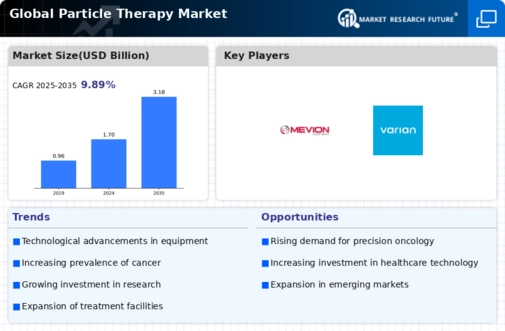
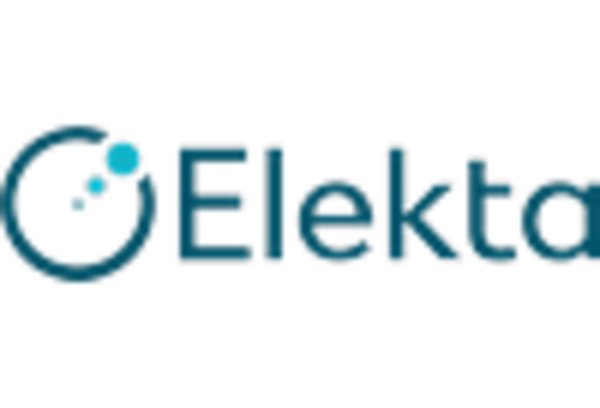
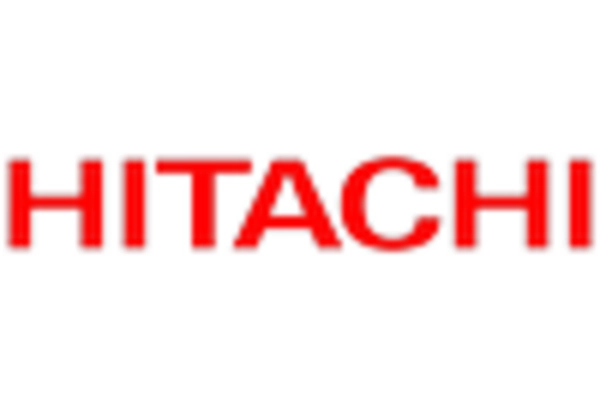
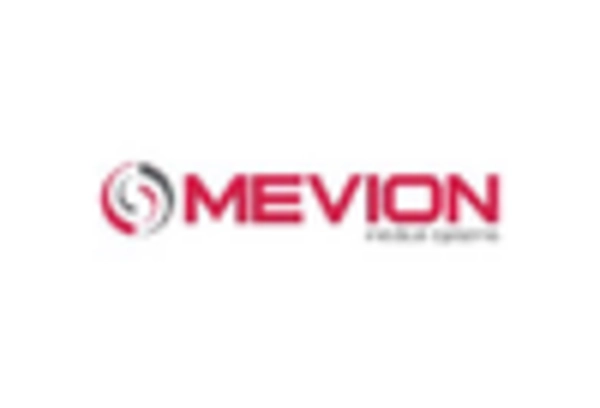
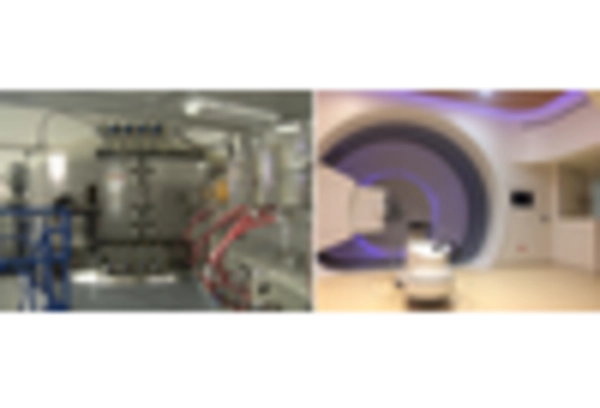

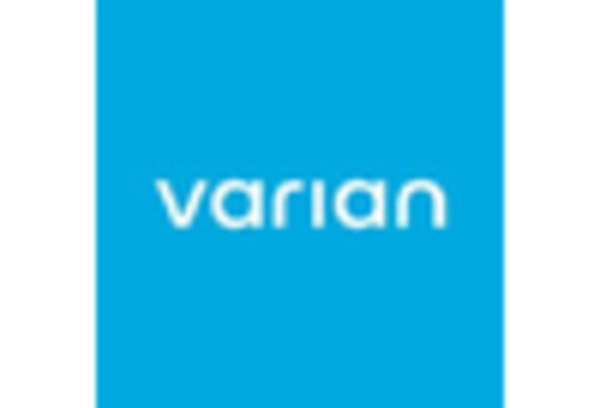









Leave a Comment